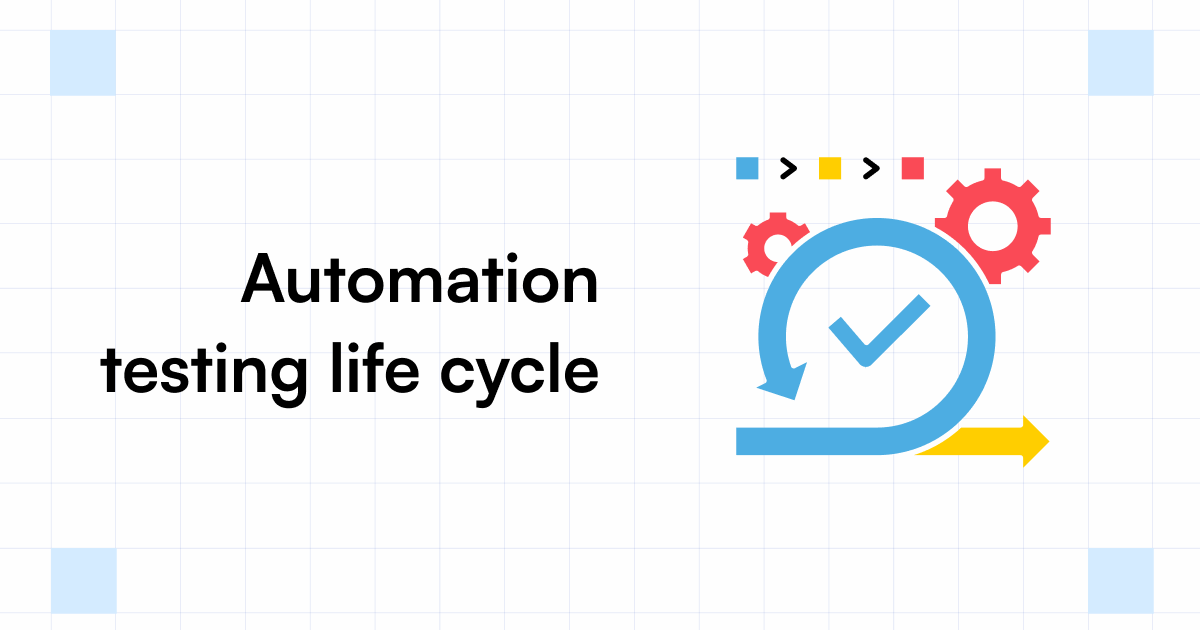How Automation Testing Reinvents Quality Control Processes
Making Sure Success in Automation Evaluating: Trick Metrics, Challenges, and Solutions Every QA Group Should Know
In the world of software quality control, the landscape of automation testing is ever-evolving, requiring a meticulous strategy to make sure smooth procedures. Trick metrics function as the compass leading QA groups via the large surface of examination automation, clarifying progress and locations for enhancement. Nevertheless, challenges loom large, typically casting darkness on the course to success. By comprehending these obstacles and applying efficient options, QA teams can navigate with complexities with skill. The journey to mastering automation testing is paved with nuances that need a keen eye for surveillance, analysis, and continuous enhancement. automation testing. As the market propels ahead, the mission for ideal efficiency in automation screening continues to be a constant pursuit, advising QA groups to outfit themselves with the expertise and strategies vital for accomplishment.
Relevance of Trick Metrics
Recognizing the value of essential metrics is essential for evaluating the efficiency and efficiency of automation testing procedures. Trick metrics act as quantifiable steps that offer valuable understandings into various facets of the testing process, such as test insurance coverage, test implementation time, flaw density, and examination situation efficiency. By analyzing these metrics, QA groups can identify bottlenecks, inefficiencies, and locations for improvement within their automation testing framework.
One critical element of key metrics is their capability to track progress and check the overall health of the screening process (automation testing). They allow stakeholders to make informed decisions based upon data-driven insights, which can bring about more effective screening methods and better source allowance. Additionally, key metrics can assist groups established reasonable objectives, determine the success of automation initiatives, and demonstrate the ROI of automation screening initiatives

Usual Challenges Dealt With
Difficulties generally encountered in automation screening processes can substantially influence the total performance and performance of QA teams. Automation testing might not cover all aspects of testing, such as usability and user experience testing, which still need hands-on intervention. Getting over these difficulties needs appropriate preparation, tactical examination instance selection, durable maintenance processes, sufficient resources, and a clear understanding of the restrictions of automation screening.
Effective Solutions for Difficulties
To address the barriers run into in automation testing, applying reliable options is crucial for improving the performance and productivity of QA groups. One key remedy is to buy durable training programs for QA teams to ensure they have the required abilities to efficiently utilize automation tools. Training can bridge knowledge voids, boost understanding of automation structures, and enhance scripting abilities, helpful hints ultimately bring about a lot more effective test development and execution.
Another crucial solution is to establish clear communication networks within the QA team and with various other stakeholders, such as designers and task managers. Effective interaction aids in lining up expectations, sharing progression updates, and immediately attending to issues or roadblocks that might develop during the automation testing procedure.

Monitoring and Analysis Strategies
Executing reliable tracking and evaluation techniques is vital for making sure the success and performance of automation screening processes. Additionally, examining test outcomes and metrics supplies valuable insights into the top quality of the software application being examined and the efficiency of the screening method.
One key strategy in tracking and analysis is using dashboards that combine pertinent metrics and KPIs in an aesthetically easily accessible layout. These dashboards supply a thorough introduction of test implementation condition, test coverage, flaw trends, and other critical details. On a regular basis examining and analyzing these dashboards can aid QA teams make informed decisions, prioritize tasks, and optimize testing efforts.
Additionally, applying automated notifies and alerts based upon predefined limits can improve proactive tracking and prompt intervention. By establishing up signals for performance find out deviations or test failings, groups can deal with issues immediately and stop them from rising. Overall, surveillance and analysis techniques play an important function in ensuring the efficiency and success of automation screening initiatives.
Continual Improvement Strategies
Enhancing the effectiveness of automation screening procedures demands the consistent improvement of methods and approaches. One crucial strategy to improving automation testing processes is to carry out normal reviews and retrospectives.

Verdict
To conclude, it is important for QA teams to recognize the vital metrics, obstacles, and services in automation screening to make sure success. By thoroughly checking and examining data, executing effective solutions to typical difficulties, and constantly boosting approaches, QA groups can enhance their screening processes and deliver high-quality software items. Following these methods will ultimately bring about more reliable and efficient automation screening methods.
By analyzing these metrics, QA teams can determine traffic jams, inefficiencies, and locations for renovation within their automation screening structure.
Furthermore, key metrics can assist teams established sensible goals, measure the success of automation efforts, and show the ROI of automation screening initiatives.
Challenges frequently run into in automation screening processes can substantially affect the total effectiveness and performance of QA groups. Automation testing may not cover all aspects of screening, such as usability and individual experience screening, which still require hands-on treatment.In conclusion, find out this here it is essential for QA groups to comprehend the crucial metrics, obstacles, and options in automation screening to make certain success.